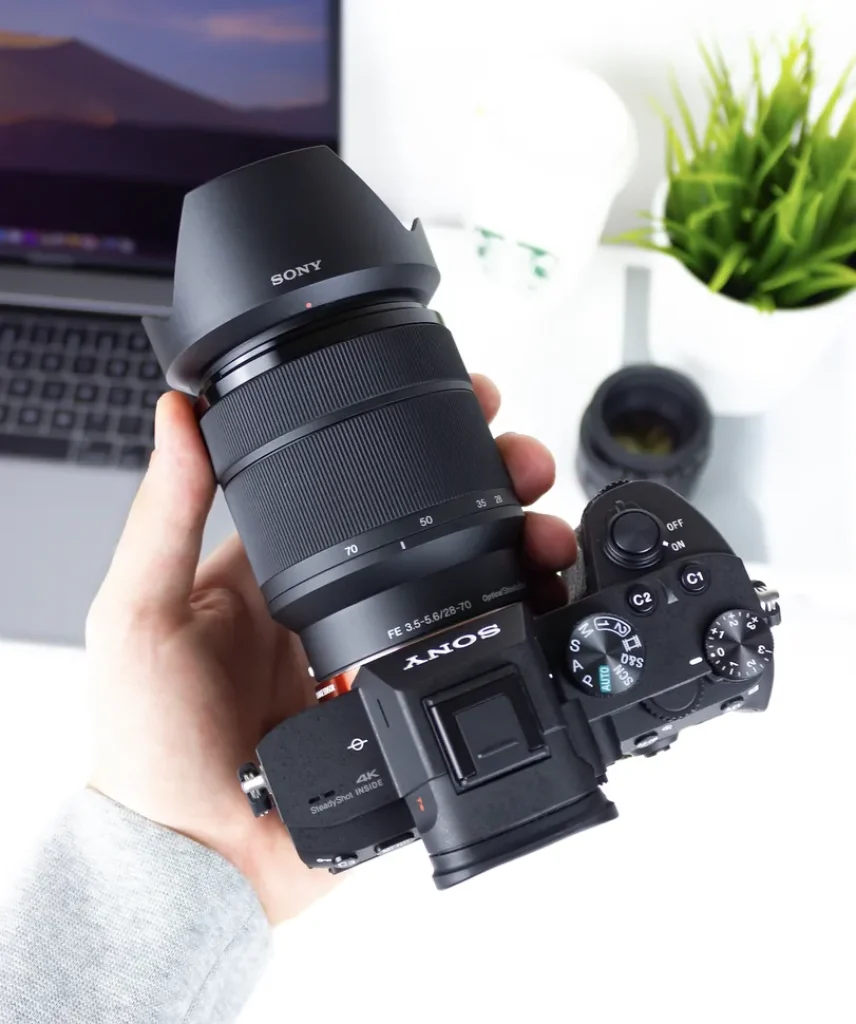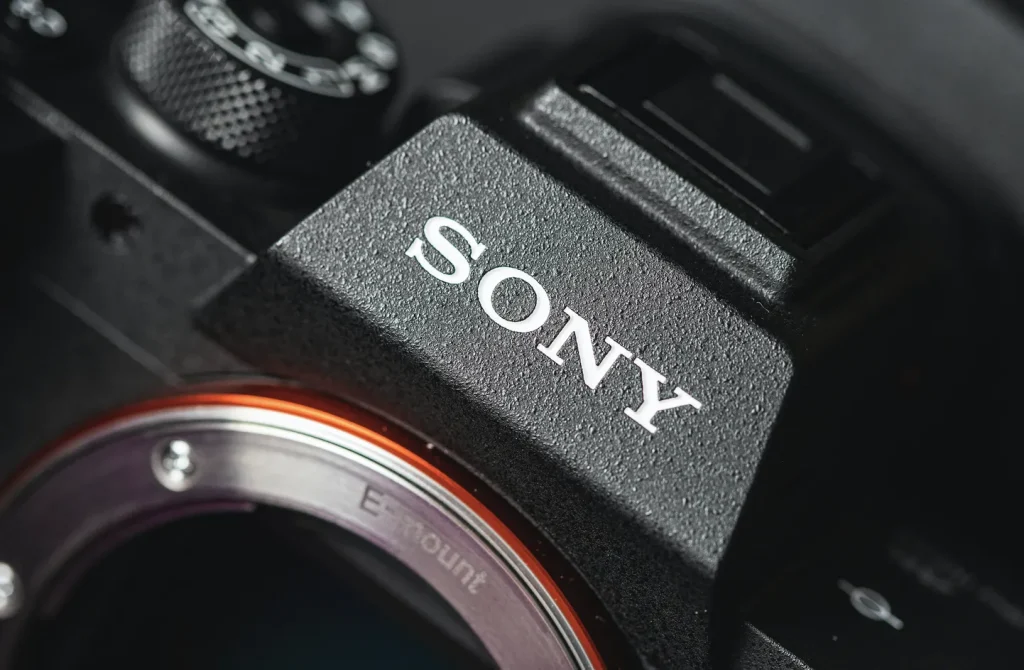Choosing between crop sensor vs. full-frame debate is a common difficulty for photographers. It is a dilemma for people purchasing a new camera or looking at utilizing a different camera body.
We will help you understand “what is a full-frame camera,” “what is a crop sensor camera,” and how they differ. So, you can make the suitable choice.
What Is A Full Frame Camera?

Full-frame cameras are cameras with full-frame sensors. In other words, it is an SLR or mirrorless camera with full-frame sensors.
They are the same size as the sensor of analog cameras. Full-frame cameras’ most significant benefit is that they don’t have a crop factor.
The crop factor referring to the image is cut off as the sensor is not enough to capture the image. Meanwhile, full-frame cameras have no problem with this.
Full-frame cameras can feature the same number of megapixels as cameras with smaller sensors. However, the number of pixels in full-frame cameras is spread out over a larger surface, resulting in larger pixels.
What Is A Crop Sensor?
All sensors with a crop factor smaller than full-frame sensors are called crop sensors. It is called a crop sensor, as you are cropping full-frame images.
The crop factor refers to the ratio of the diagonal of the crop in comparison to the full-frame diagonal. The crop factor is then described as multipliers of the full-frame sensor.
Full-Frame Cameras and Crop-Sensor Cameras: Which Is Better?

Strengths and Weaknesses of Crop Sensor Cameras
If you are mainly taking photos mainly in your spare time or sharing your pictures on social media, crop sensors might be a good fit.
Nowadays, many professionals are discovering some advantages of utilizing crop sensor cameras in their work.
Benefits of Crop Factor
The crop sensor camera is manually smaller in size, resulting in lighter.
It means that it is more portable than a full-frame camera. Nowadays, mirrorless cameras have smaller sensors that provide more portability than ever.
More Compact Size

If you’re passionate about wildlife, sports, or something that requires you to get closer to the object, the 1.5x to 2x crop magnification will be helpful to you.
The crop factor of cameras will apply to every lens put on it. So when the view is cropped, the lens will be magnified.
It is significant with telephoto lenses as it will extend their reach exponentially.
Lower Costs
A crop sensor camera is much cheaper and smaller, making it an ideal choice for those on a tight budget.
So if you aren’t sure if you should spend a lot of money on your photography, you should start with a crop sensor camera.
Less Sharpness And More Noise
Crop sensors have smaller surfaces, so they collect fewer details and light, resulting in more noise and less sharpness in images.
In addition, the pixel density of crop sensors is typically higher, and they require more resolving power from the lens.
Hence, one sharp lens on a full-frame camera could not deliver the same sharpness on a smaller sensor, though both sensors have a similar resolution.
So, producing sharp lenses for a crop sensor is actually harder.
Strengths and Weaknesses of Full-frame Cameras
The full-frame sensor is primarily made for serious photography enthusiasts and professionals.
A camera with a full-frame sensor is ideal if you regularly shoot large-scale commercial projects for businesses or professional gigs, such as parties, conferences, or weddings.
Shallower Depth of Field

The depth of field of images depends a lot on the lens and aperture, but a full-frame sensor will help provide a shallower depth of field.
So they will be handy for food photography, portrait photography, and any other situation where you want a blurred background.
Broader Dynamic Range
The dynamic range involves the range of light exposure a camera captures.
Full-frame sensors have a much broader dynamic range, meaning you can take greater high-contrast images and more easily recover details in bright highlights and dark shadows than crop sensors.
Better Image Performance And Quality in Low Light

Generally, a full-frame sensor should generate higher-resolution pictures than crop sensors as they allow more detail and light.
These cameras are also better in low-light conditions. They deliver clearer, sharper images without requiring higher ISOs, resulting in less noise.
Higher Costs
The biggest downside of the full-frame camera is that it is more expensive than the crop sensor. But it is worth it and will give good results in the long run.
Meanwhile, lenses for full-frame cameras are also more costly than ones for crop sensors. You must also purchase lenses specifically made for full-frame sensors.
Comparison Table
|
Full-frame Cameras |
Crop Sensor Cameras | |
|
Pros |
|
|
|
Cons |
|
|
The Bottom Line
By now, you should know “What is a full-frame camera?” We cannot decide whether full-frame or crop sensor cameras are suitable for you as it will depend on several considerations, mainly your intended use and your budget.
Hopefully, this article has helped you decide which one suits your needs as a photographer better. Thanks for your time!




